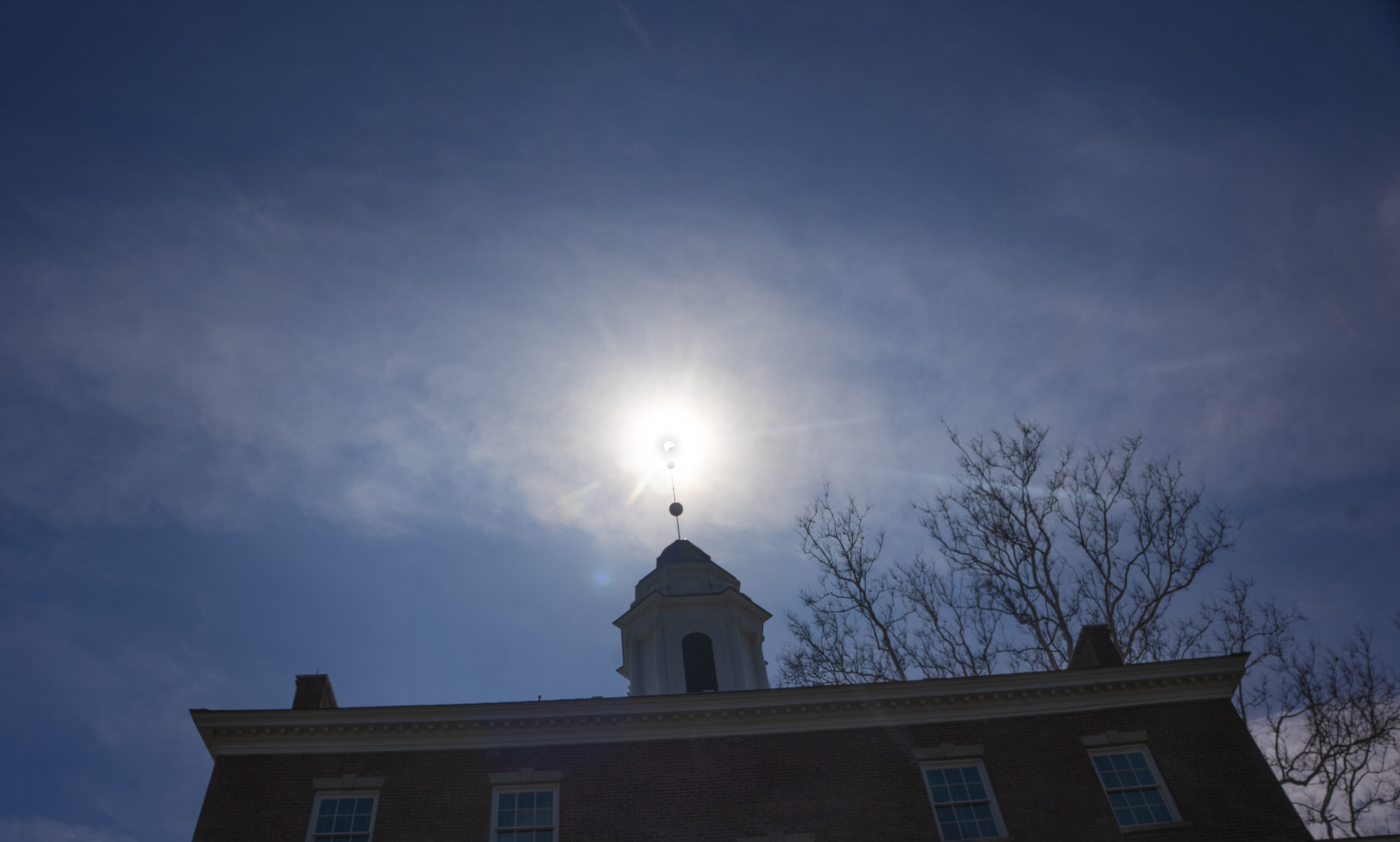Astrophysicist Jamie Lombardi, PhD, shares key points to ensure full appreciation of the extremely rare event of the solar eclipse. Although solar eclipses are fairly common, total solar eclipses in any given region are rare. In Erie and Crawford counties, the last total eclipse occurred in 1806, and after this month, the next one won’t be until 2144. What makes a total eclipse special is that it’s dark as night during the day, while the moon completely obscures the sun.

